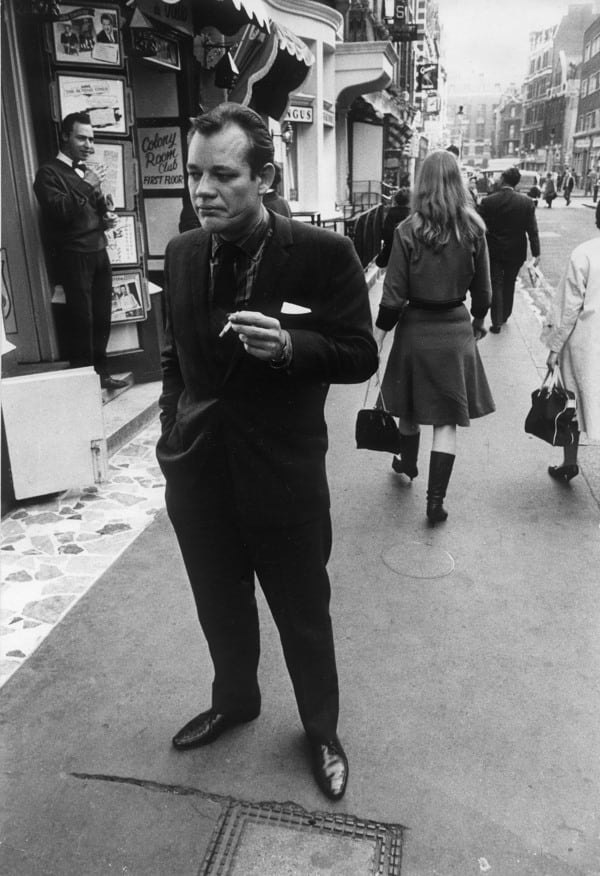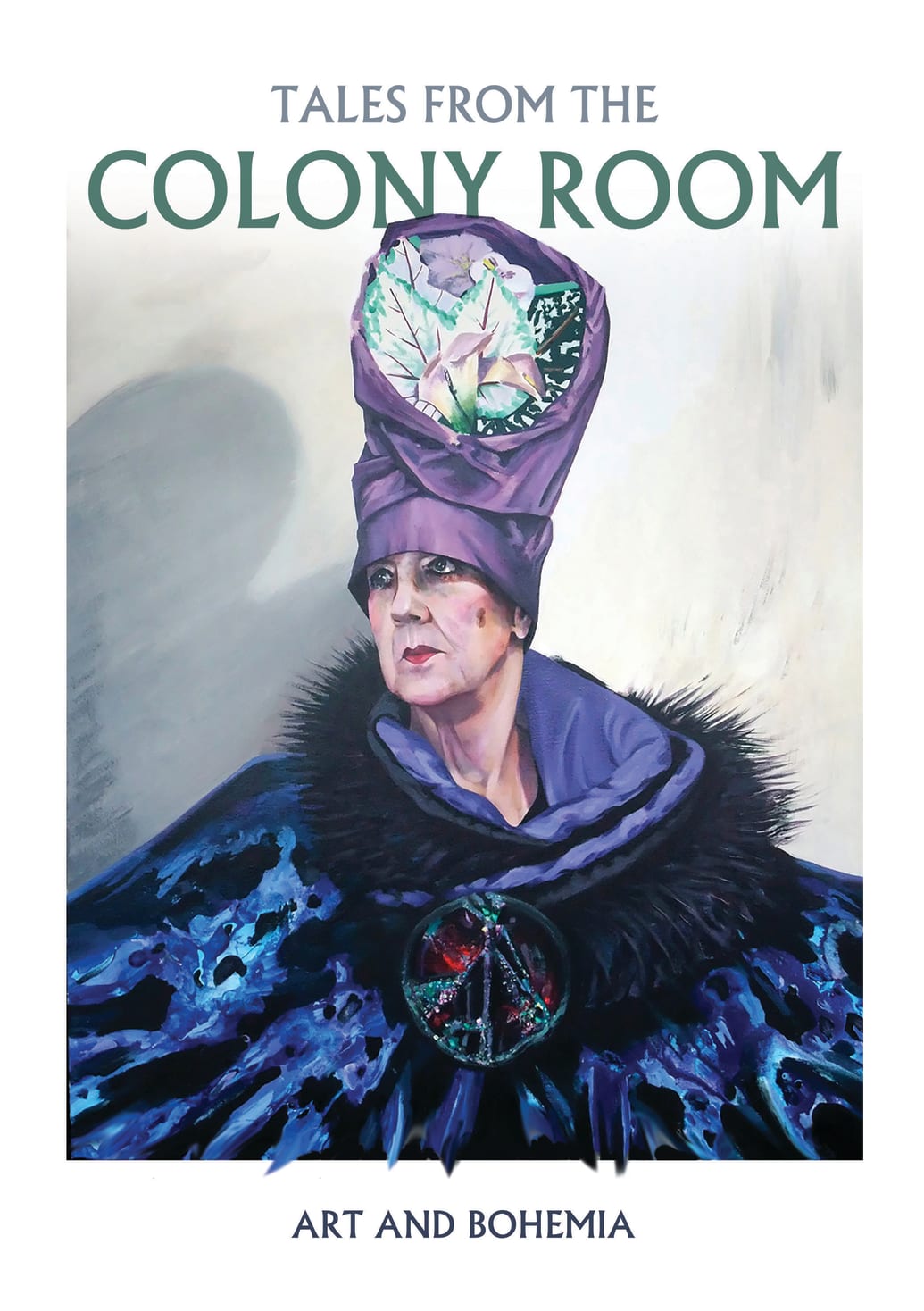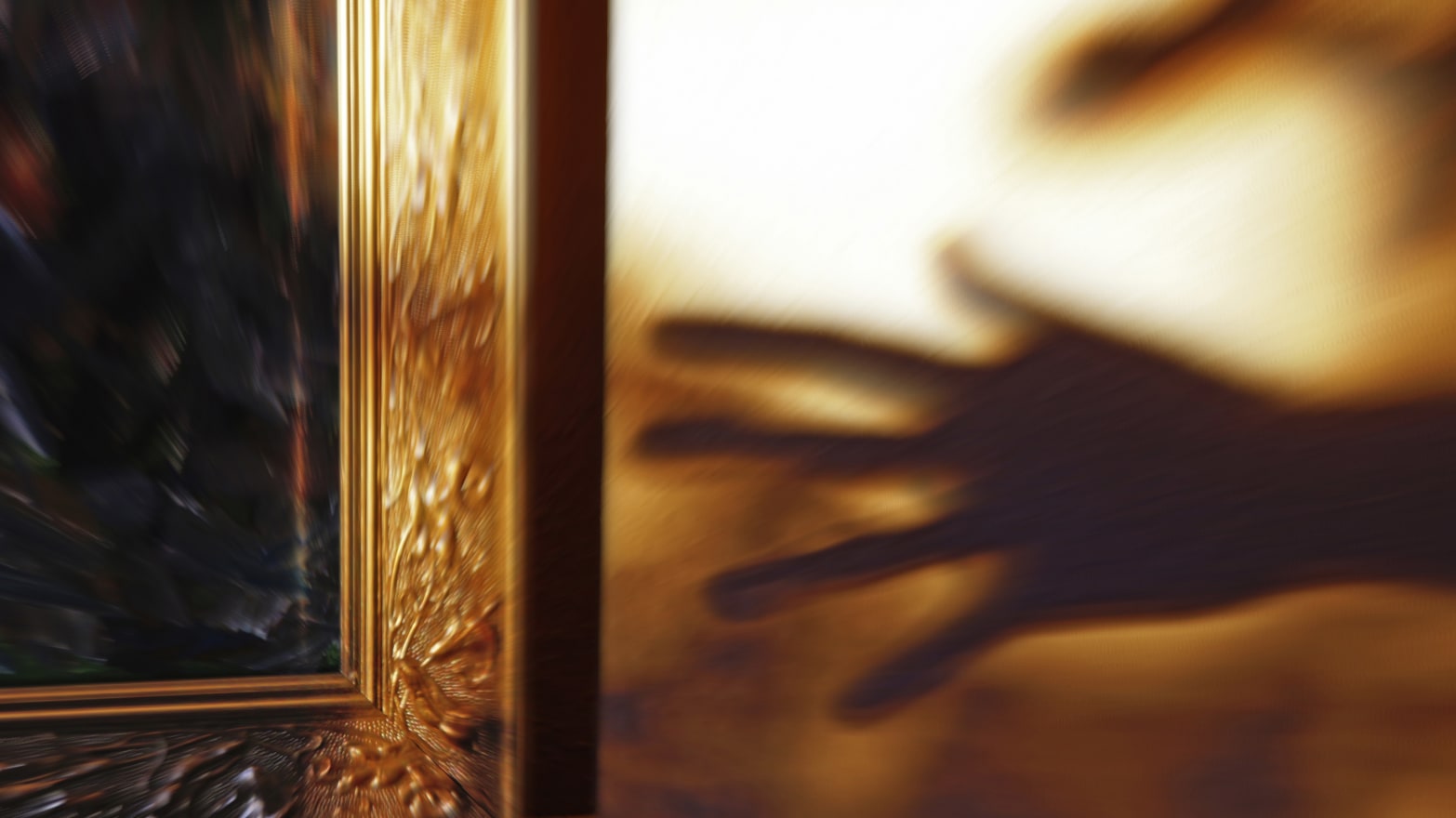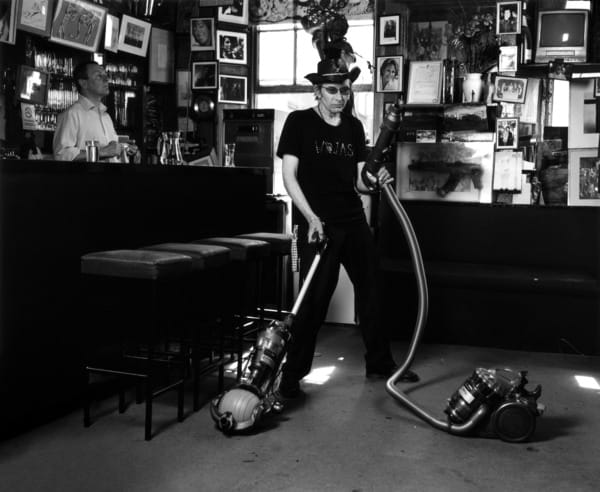Stein’s salon became synonymous with Picasso and Matisse while Belcher’s Colony Room had Francis Bacon and Lucian Freud. Frank Auerbach, John Deakin, and Michael Andrews were other regulars.
Bacon’s generation had stopped using it regularly by the time Belcher died in 1979, but the club was rediscovered by a hell-raising cohort of younger artists in the '90s, collectively known as the YBAs, short for “Young British Artists.”
Chief among the Colony Room’s new fans was Damien Hirst, who is widely rumored in the art world to have pumped considerable funds into the club to help keep it going.
Hirst, like many of the artists who drank there, occasionally hung pieces on the wall, including one early spot painting which would now be worth around $500,000. The custom harked back to a tradition of hard-up members sketching works of art in settlement of overdue bar bills.
The artist Gavin Turk, for example, signed a piece of pink foam for the barman after being told he did not “take plastic.” Turk also hung another piece on the walls, an edition of one of his best-known works, a blue plaque bearing the words “Gavin Turk Sculptor Worked Here.” Both are among the items to have vanished when the club was abruptly closed down in 2008 by its then proprietor, Michael Wojas.
The ownership of the club was complicated and opaque. Wojas had been the barman at the club for decades and “inherited” it from Ian Board, another barman who had himself inherited it from Belcher in similar circumstances. The actual “ownership” of the club and its assets was much disputed.
Wojas, who took over the club in 1994, ultimately fell out with many of the members, but was much loved in the earlier years of his reign.
The gallerist Detmar Blow, for example told The Daily Beast that he always appreciated and liked seeing Wojas when he called into the “civilized” Colony Room for an early afternoon drink.
Wojas presided over the renaissance of the club as a haven for a new generation of artists, with some of the leading names in British art, including Hirst, Tracey Emin, and Sarah Lucas becoming regulars. He persuaded members and their friends to work as guest bar staff, meaning anyone from Kate Moss to Sam Taylor-Wood could be found serving drinks.

Writer Frank Norman outside the Colony Room in London’s Soho
However, things unraveled as Wojas’ drug addiction spiraled. Coffield says, “Michael unfortunately developed a very bad crack cocaine addiction. The habit was very, very expensive, and although the club was viable, it wasn’t viable enough to pay for a £500 a day crack cocaine habit, so he started selling off the clubs assets under the auspices that the club’s lease was up for renewal, and the club would have to move.”
“He eventually organized an auction to try and sell off the rest of the paintings, but a bunch of the members got together and got an injunction to stop him doing that.”
On 15 December 2008, Michael threw a 60th anniversary party for the club, before declaring it closed. Two days after Christmas, Coffield says, “He went in with some friends and a few vans and stripped the entire premises down, including all the artworks and even the carpet.”
Coffield heard on the grapevine that the entire collection was offered to leading British art gallery The Tate in its entirety about five years ago, but the deal went nowhere.
“The most frequent question I was asked while writing this book was, ‘Whatever happened to my artwork?’ Sometimes it was the children of the artist asking that question. For all we know, it could be in a lock up somewhere, rotting. No one knows. It’s an enigma.”
Coffield, an award-winning artist himself, took his own work down from the club’s walls six months before the end, suspecting Wojas was selling off work and pocketing the proceeds.
“In a way I have a sneaking admiration for him, because he was always one step ahead of everyone else,” Coffield says. “It was like the great train robbery or Dick Turpin. And it is hard to imagine that the club would really have survived these days. It was a place where people went to be naughty, it was a kindergarten for delinquents and with the advent of mobile phone technology, and people filming each other, I can’t really see how it would’ve continued to exist.”




